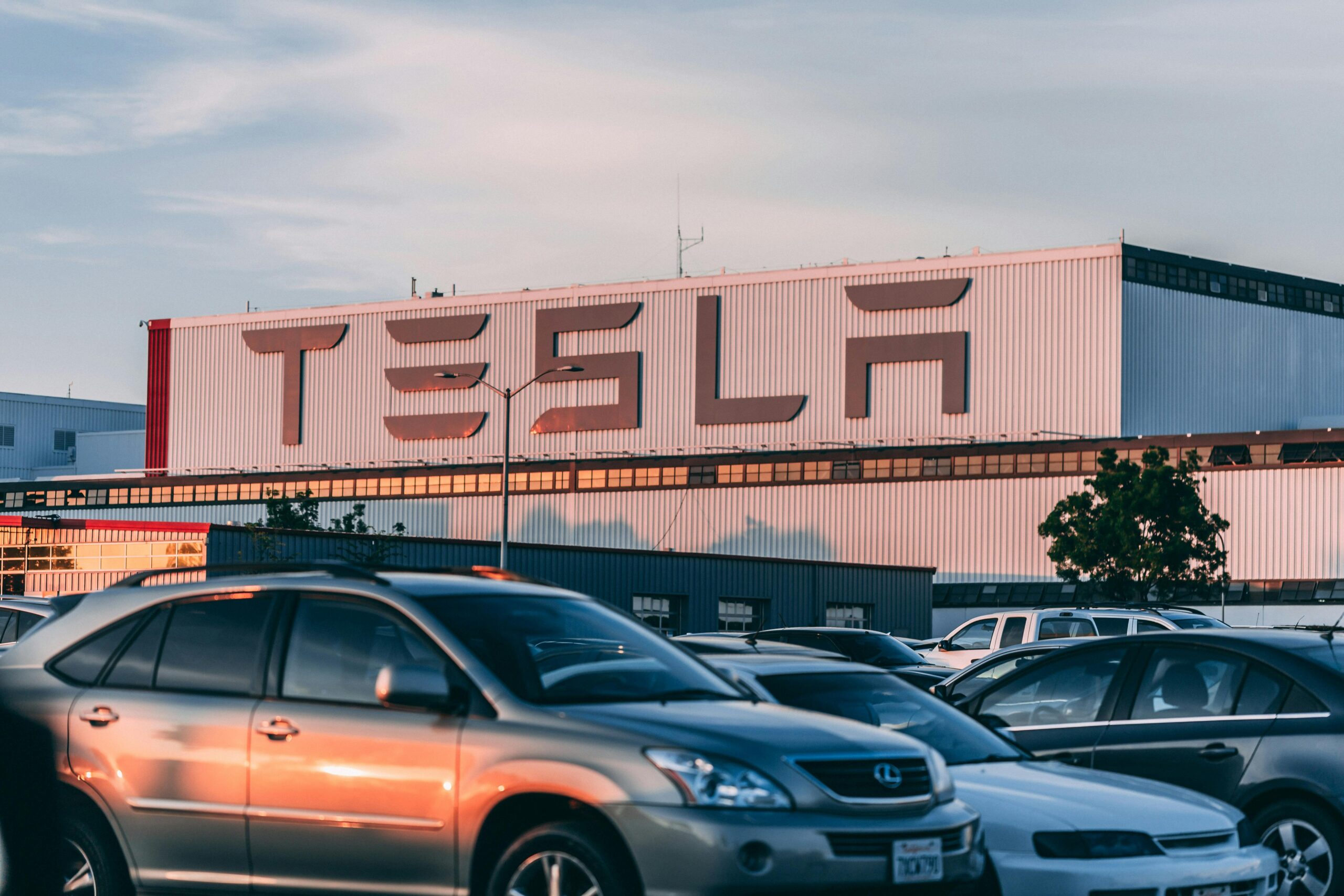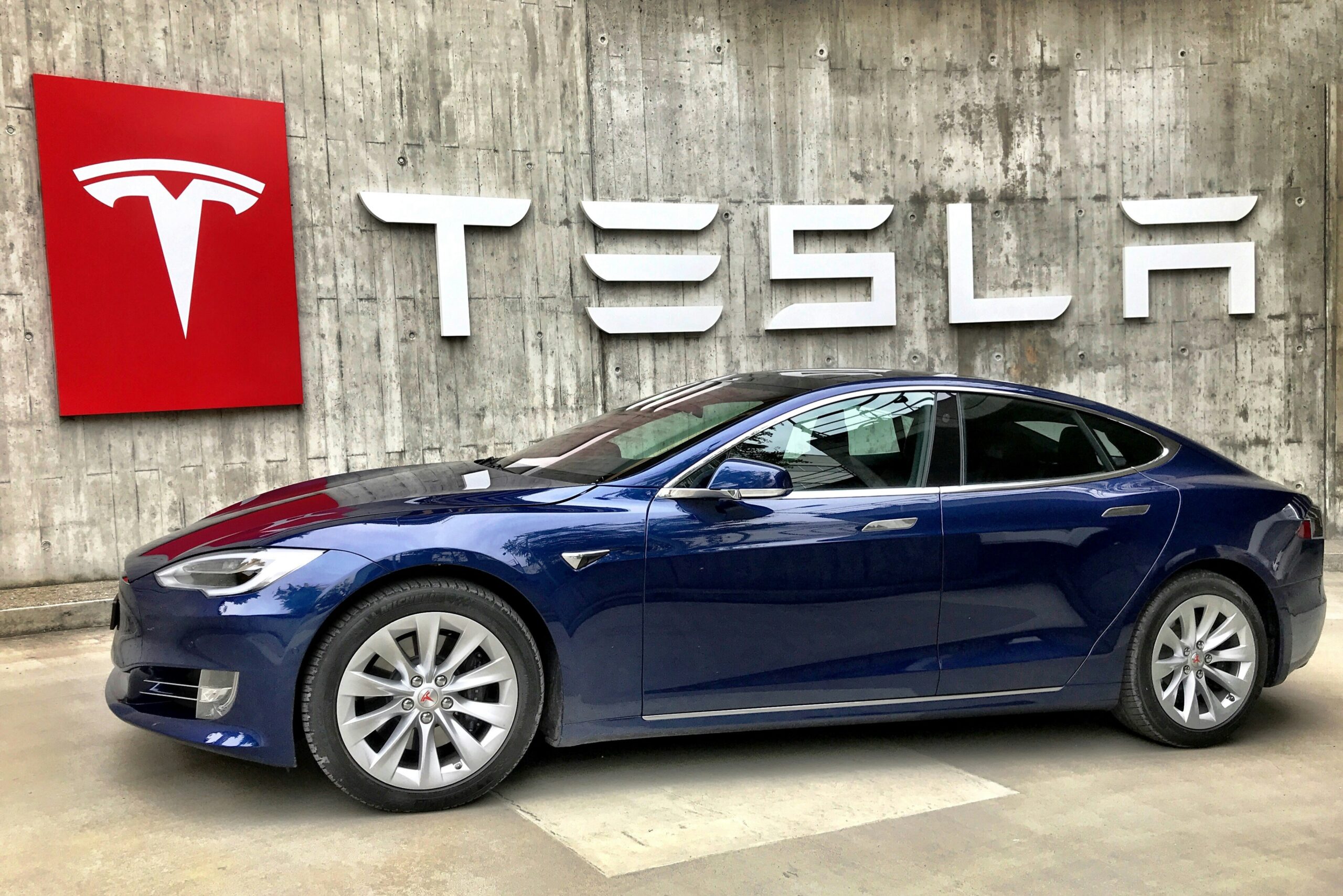Electric vehicles (EVs) have transformed from niche alternatives to mainstream contenders in the automotive industry. At the forefront of this revolution stands Tesla, a company that has not only popularized EVs but also set benchmarks in performance, range, and technology. However, as the EV market expands, numerous automakers are vying for a piece of the pie, challenging Tesla’s dominance. This article delves into the competitive landscape of the EV industry, examining Tesla’s position and the strategies of its rivals to date.
Tesla’s Ascendancy in the EV Market
Founded in 2003, Tesla’s mission has been to accelerate the world’s transition to sustainable energy. Over the years, the company has introduced several models that have redefined consumer expectations for EVs:
- Model S: Launched in 2012, the Model S set new standards for electric sedans with its impressive range and performance.
- Model 3: Introduced in 2017, the Model 3 aimed to make EVs more accessible to the mass market, becoming one of the best-selling electric cars globally.
- Model Y: A compact crossover SUV that has gained popularity for its versatility and advanced features.
Tesla’s success can be attributed to several factors:
- Battery Technology: The company has invested heavily in battery research, leading to vehicles with longer ranges and faster charging times.
- Supercharger Network: Tesla’s proprietary charging infrastructure has alleviated range anxiety for many consumers.
- Autopilot and Full Self-Driving (FSD): Advanced driver-assistance systems have positioned Tesla as a leader in automotive technology.
As of early 2024, Tesla maintained a significant share of the global EV market, with strong sales figures and a robust brand presence.
The Rise of Competitors
Recognizing the shift towards electrification, traditional automakers and new entrants have intensified their efforts to capture market share. Notable competitors include:
General Motors (GM)
GM has committed to an all-electric future, with plans to launch 30 new EVs globally by 2025. The Chevrolet Bolt EV and Bolt EUV have been central to GM’s strategy, offering affordable options with competitive ranges. Additionally, the GMC Hummer EV represents GM’s foray into the electric pickup segment, combining luxury with performance.
Ford
Ford‘s Mustang Mach-E, an electric crossover, has received positive reviews for its blend of performance and practicality. The company has also introduced the F-150 Lightning, an electric version of its best-selling pickup truck, aiming to attract traditional truck buyers to the EV market.
Volkswagen Group
Volkswagen has embarked on an ambitious plan to become a leader in the EV market. The ID.4, an electric SUV, marks Volkswagen’s entry into the global EV market, with plans for additional models under the ID series. The company’s investment in battery technology and production facilities underscores its commitment to electrification.
Chinese Manufacturers
China’s EV market has seen rapid growth, with companies like BYD and NIO gaining prominence. BYD, originally a battery manufacturer, has expanded into vehicle production, offering a range of electric cars and buses. NIO focuses on premium electric vehicles, with models like the ES8 and ES6 SUVs. These companies benefit from strong domestic demand and government support, positioning them as formidable competitors.
Market Dynamics and Challenges
The competition in the EV market has led to several notable trends and challenges:
- Price Wars: To attract consumers, companies have engaged in aggressive pricing strategies. Tesla, for instance, has reduced prices on certain models to maintain its competitive edge.
- Supply Chain Constraints: The rapid increase in EV production has strained the supply of critical materials like lithium and cobalt, leading to potential bottlenecks.
- Technological Advancements: Companies are investing in next-generation battery technologies, such as solid-state batteries, to improve range, safety, and charging times.
- Regulatory Environment: Government policies, including subsidies and emissions regulations, play a significant role in shaping the EV market. Changes in these policies can impact the competitive landscape.
Tesla’s Strategic Responses
To maintain its leadership position, Tesla has implemented several strategies:
- Global Expansion: The establishment of Gigafactories in China, Germany, and the United States aims to increase production capacity and reduce costs.
- Vertical Integration: Tesla’s control over its supply chain, including battery production, allows for greater flexibility and cost management.
- Innovation: Continuous updates to software and hardware keep Tesla’s vehicles at the forefront of technology. The development of the Cybertruck and the Semi truck represents Tesla’s entry into new market segments.
The Road Ahead
In conclusion, the battle for EV leadership is intensifying as more players enter the market and consumer adoption increases. While Tesla has set high standards, competitors are rapidly closing the gap with compelling offerings. The ultimate winners will be consumers, who will benefit from a wider selection of vehicles, improved technologies, and competitive pricing.
On the subject of Tesla…the Cybertruck is one of the vehicles EVGeek.com reviewed this year, check out “The Top 5 New EVs You’ll Want to Drive in 2024″



